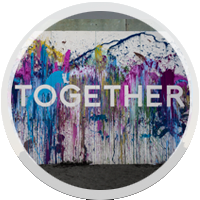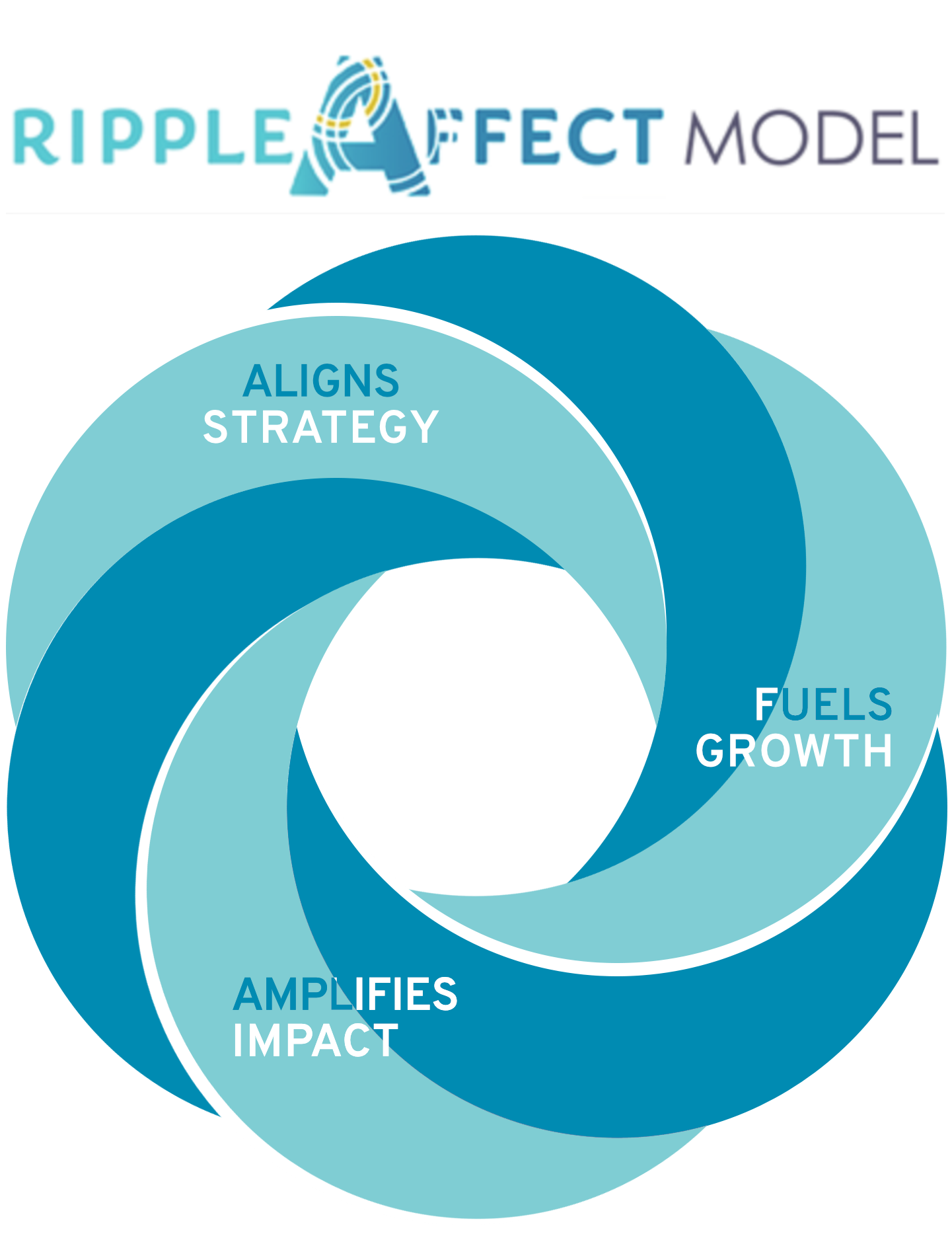What Makes Transformation Work?
My graduate thesis explored the difference between change and transformation. Change is fickle. I change my shoes when I get home from work to a more comfortable pair. I could put on stilettos to make dinner, but typically don’t. Transformation expands how we see the world – we can’t go back to who we were or to our former world view.

Ice changes to water when it’s heated, and to steam if enough heat is applied. If the heat is removed and cold persists, in time the water will revert back to ice.
But a butterfly can’t go back to being a caterpillar.
The first time we viscerally realize that we’re responsible for our own happiness – that’s transformation! It’s not the person who was speeding and side-swipped me 3 weeks after getting my drivers license that made me unhappy, it’s how I reacted to it. Transformation happens at a deeper level and integrates across internal systems. Since you can’t go back to how you saw the world before, your new viewpoint sticks with you.
We’ve seen organizations “change” their language from corporate change to organizational transformation. But is that substance or semantics? When team members respond to initiatives with comments like, “here we go again,” “flavor of the month,” or “wait til this blows over,” I have to wonder if these efforts aren’t more about changing shoes than transforming world views.
Whichever word you use, 70% of these organizational efforts fail (Forbes, HBR, 2017).
Why? There are many reasons – took too long, was too costly, staff resisted, poor execution and communication, didn’t have top buy-in, wasn’t aligned with strategy, lacked relevance or input from the culture, the list goes on.
In Changing Change Management (McKinsey, 2015), change management is pronounced dead on arrival. Instead, digital tools are hailed as the modern drivers of change, with 5 strategies that provide just-in-time feedback, personalize the experience, sidestep hierarchy, build empathy and community, and demonstrate progress.
It strikes me that these 5 strategies are all aimed at “‘engaging”’ employees & stakeholders.
Yet engagement strategies are as ineffective as change efforts. For years, engagement levels have remained stuck at about 30% (Forbes, 2017), leaving 70% unengaged. Findings from Gallup paint an even bleaker picture – only 13% of employees are engaged and that costs $450 to $550 billion in lost productivity annually. On average, employees find their work only half as meaningful as it could be (HBR).
If we want to meaningfully engage humans in our organizations, let’s step back to how we as humans are wired. Literally, to neuroscience.
There are plenty of data and books about our brains, and ways we see that applying to our organizations might include emotional intelligence, the human-centered approach of design thinking, or the neuroscience of leadership, to name a few.
UCLA neuroscientist Alex Corb (The Upward Cycle, 2015) looked at MRIs and the results of numerous studies linking the release of brain chemicals on behavior, and honed it down to 4 things that make us happier humans. Perhaps you are wondering, “Why happiness matters?” If your brain is secreting chemicals like dopamine, serotonin, oxytocin and endorphins, that make you feel happy. This gives you greater access to your prefrontal cortex and higher cognitive abilities. When you’re unhappy or under stress, your brain produces cortisol and adrenaline that limit access to higher cognitive functioning. Which state do you think supports greater engagement and productivity?
The 4 things Dr. Corb suggests to support happiness are pretty low-cost in terms of change and engagement efforts – practice gratitude (just searching for something your grateful for helps), label or name the emotions you’re feeling (mindfulness reduces stress), make decisions (even if they’re only good enough versus perfect), and connect through human touch (appropriate for the workplace, like shaking hands and high fives). A point of interest – when people in stressful situations talked to loved ones by phone, they felt better; when they texted, their bodies responded the same as if they had no support at all.
Why does this matter to engagement? Let’s take just 1 of Corb’s 4 happiness factors – making decisions. In research with rats given the same amount of cocaine at the same time (you read that correctly), the rat that had to press a lever released more dopamine than the one that didn’t have to do anything.
In other words, “when you make a decision on a goal and then achieve it, you feel better than when good stuff just happens by chance, (The Upward Spiral). This also explains why so many New Year’s resolutions fail – if you hate going to the gym, you think of it as something you have to do and it’s not really your own, voluntary decision.
Hmmm. Have you ever experienced this at work? Or perhaps inflicted it upon others? Sadly, I’ve been guilty of both.
How can we let our teams and employees make and influence more decisions? Where can we let go of complete control, and share control along with purpose to allow stakeholders to earn the achievement of their efforts? Could there be any faster path to ownership than that?
This brings me back to that graduate thesis on transformation. If we want our teams, divisions, and clients to build cultures of transformation, we can start by transforming ourselves. Am I practicing gratitude, observing and naming my emotions, taking ‘good enough’ actions when I’m stuck, and having authentic (and appropriate) human touch? Am I willing to shift what I think (brain chemistry), and model that for those around me?
If you transform yourself first, you might find your stakeholders start thinking what the woman eating dinner next to Meg Ryan and Billy Crystal said aloud, in that infamous scene from When Harry Met Sally, “I want what she’s having!”





